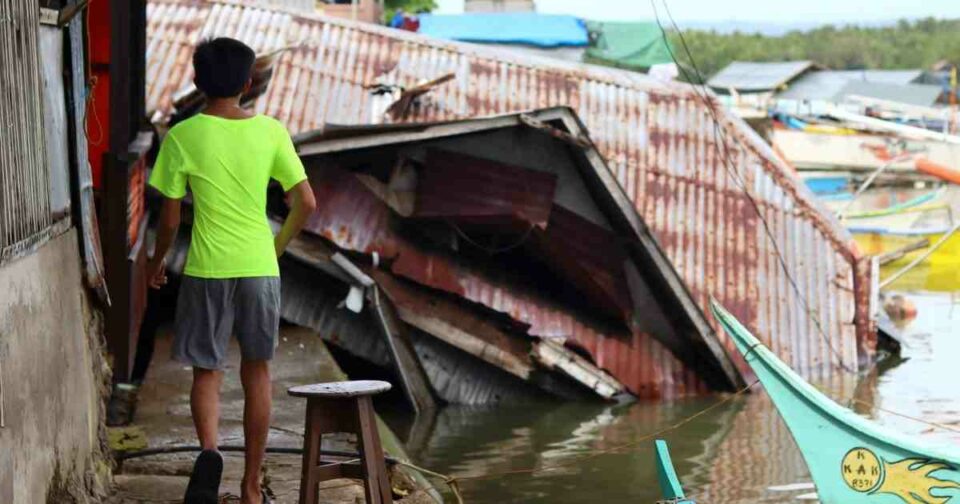Table of Contents
ToggleMajor 7.5 Magnitude Earthquake Strikes Philippines, Triggers Tsunami Warnings
A powerful magnitude-7.5 earthquake struck off the coast of Mindanao in the southern Philippines on Friday, sending violent tremors through the region and triggering urgent tsunami warnings that sparked widespread panic and precautionary evacuations along coastal communities.
Quake Details and Escalating Tsunami Alerts
The seismic event, initially reported as a 7.6 magnitude, was later revised to 7.5 by seismological agencies. The quake originated at a shallow depth of 20 kilometers (12 miles) near Manay in Davao Oriental, a characteristic that often leads to more intense shaking at the surface.
In response, the Philippine Institute of Volcanology and Seismology (Phivolcs) issued a critical tsunami alert. They warned that waves exceeding one meter above normal tide levels could hit coastal towns, with the highest threat posed to enclosed bays and straits. The U.S. Tsunami Warning System echoed this, indicating potential dangerous waves for areas within a 300-kilometer radius of the epicenter.
The warnings prompted immediate action from local governments, who ordered residents in vulnerable coastal areas to evacuate to higher ground. Fortunately, after hours of intense monitoring of sea levels, authorities confirmed that the tsunami threat had passed, allowing evacuees to return.
Immediate Impact and Emergency Response
The quake’s impact was felt strongly in major population centers. In Davao City, located west of the epicenter, residents and students rushed out of buildings, schools, and offices in a scene of controlled chaos as the ground shook.
Initial reports from the ground confirm significant structural damage. Governor Edwin Jubahib of Davao del Norte reported damage to several buildings and conveyed the profound shock experienced by locals. Ednar Dayanghirang, the regional civil defense director, confirmed that a church and other structures in Davao Oriental had sustained damage.
President Ferdinand Marcos Jr. swiftly addressed the nation, stating that authorities were “working round the clock” to assess the full extent of the situation. Search and rescue teams were placed on high alert, ready to be deployed as soon as conditions were deemed stable.
Aftershocks and the Ring of Fire Context
Phivolcs has officially warned the public to prepare for damaging aftershocks, which are likely to continue in the coming days and could compromise already weakened structures.
This seismic event is a stark reminder of the Philippines’ precarious location. The archipelago nation lies squarely on the Pacific “Ring of Fire,” a horseshoe-shaped belt around the Pacific Ocean notorious for frequent earthquakes and volcanic eruptions. The country records more than 800 measurable quakes annually.
Tragically, this disaster follows closely on the heels of another major quake. Just weeks earlier, a 6.9 magnitude tremor struck Cebu, resulting in at least 74 fatalities and widespread destruction, highlighting the constant seismic vulnerability of the region.
Key Takeaways from the Mindanao Earthquake
-
A major 7.5 magnitude earthquake shook the southern Philippines, leading to widespread evacuations and damage.
-
Urgent tsunami warnings were issued for coastal areas but were later lifted after the threat subsided.
-
Reports of structural damage to buildings, including a church, have emerged from the Davao region.
-
Government and disaster agencies are now focused on damage assessment and relief efforts while managing the ongoing risk of aftershocks.
-
The event underscores the extreme seismic vulnerability of the Philippines due to its position on the Pacific “Ring of Fire.”
The focus has now shifted from immediate response to recovery and assessment, as communities in Mindanao brace for aftershocks and begin the difficult task of rebuilding.

